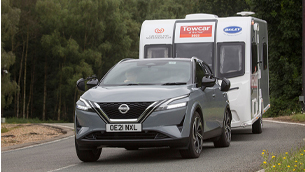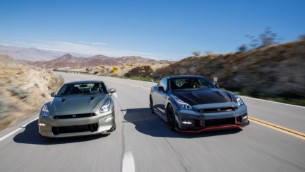Nissan’s Forward Emergency Braking Technology
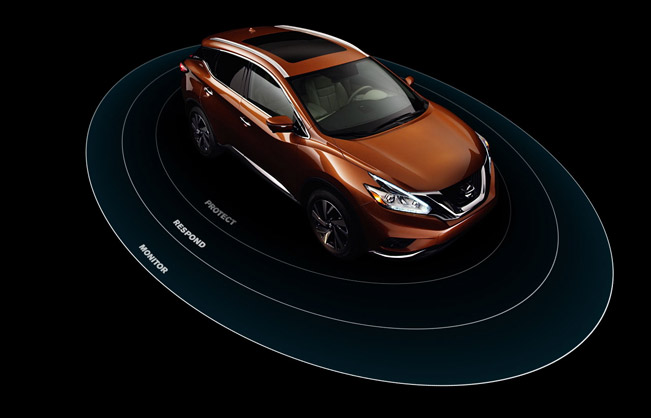 Nissan's new Forward Emergency Braking technology works like Bats do. Consider that bats fly in the pitch black but rarely, if ever, hit anything. And some types of bats can catch insects while flying in the dark. To do this, bats they emit very high frequency sounds and use sonar, analyzing how the signals bounce off other objects, to give them an accurate grasp on distances and locations. All of this in the pitch dark.
Nissan's new Forward Emergency Braking technology works like Bats do. Consider that bats fly in the pitch black but rarely, if ever, hit anything. And some types of bats can catch insects while flying in the dark. To do this, bats they emit very high frequency sounds and use sonar, analyzing how the signals bounce off other objects, to give them an accurate grasp on distances and locations. All of this in the pitch dark.
The latest technology in Nissans uses similar techniques to analyze certain environments and situations. Unfortunately humans do not have sonar so they must use their eyes and ears to check his surroundings. At times this may not be enough to prevent collisions and accidents. Too bad cars aren't like bats.
Well, now they can be, sort of. Engineers at Nissan have developed a technology called Forward Emergency Braking. The way it works is that in some situations, the technology calculates whether there is a risk of a collision with an object detected in front of the vehicle and then responds.
This is how it works. The Forward Emergency Braking system constantly monitors the distance between the vehicle and the one in front of it. This means that if for some reason the distance to the other car suddenly decreases, the system will determine that there is a risk of collision and will sound an audible alert. At this stage, the driver needs to notice this warning and then take action to avoid a collision.
But if this doesn't happen and the system judges that the car is still in danger of colliding with something, it will automatically engage the brakes, helping avoid a collision. If a collision is unavoidable, the speed of the vehicle will have been decreased helping to mitigate damage caused by the collision.
The Forward Emergency Braking system is just one of the many technologies available to help drivers stay aware of their surroundings. Additionally, there is also Blind Spot Warning (BSW), which can detect another car diagonally behind, an area that may be difficult for a driver to see. There is also Lane Departure Warning (LDW), which alerts a driver when they are about to stray from their lane. There is even technology that can read road signs and warn a driver if they are trying to enter a one-way street traveling the wrong direction.
Think this is advanced, the folks in Nissan Safety Technology Group are working on systems that sense whats going on with a vehicle two cars ahead. How is this possible? When a car is traveling on a highway or a place where multiple cars are moving in a row, the sensor at the front of the car can detect the distance to and also the relative speed of the vehicle two cars ahead. The technology is no longer just watching directly in front; it is now looking even further ahead. For example, if the driver two cars ahead of yours suddenly braked, the technology in the car can detect this and tell the driver so he or she can perform the next appropriate action.
The technology is called Predictive Forward Collision Warning (PFCW). It examines the movement of the car traveling two vehicles ahead and if it determines that the driver should brake, it will alert him or her both visually and by a warning sound. By warning the driver to brake early on, it can help prevent a pileup.
Nissan knows that technology that monitors the surroundings can work to reduce accidents or the damage caused by unavoidable collisions. Just like bats in the dark, the latest car technologies are helping drivers keep an eye on certain vehicle surroundings, helping to reduce potential accidents.
Courtesy of: Team Nissan New Hampshire
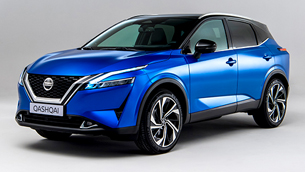
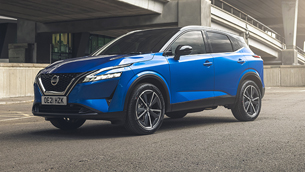
![Nissan showcases a neat digital performance in London [VIDEO]](http://www.automobilesreview.com/uploads/2021/06/2022-Nissan-Qashqai-FF.jpg)
